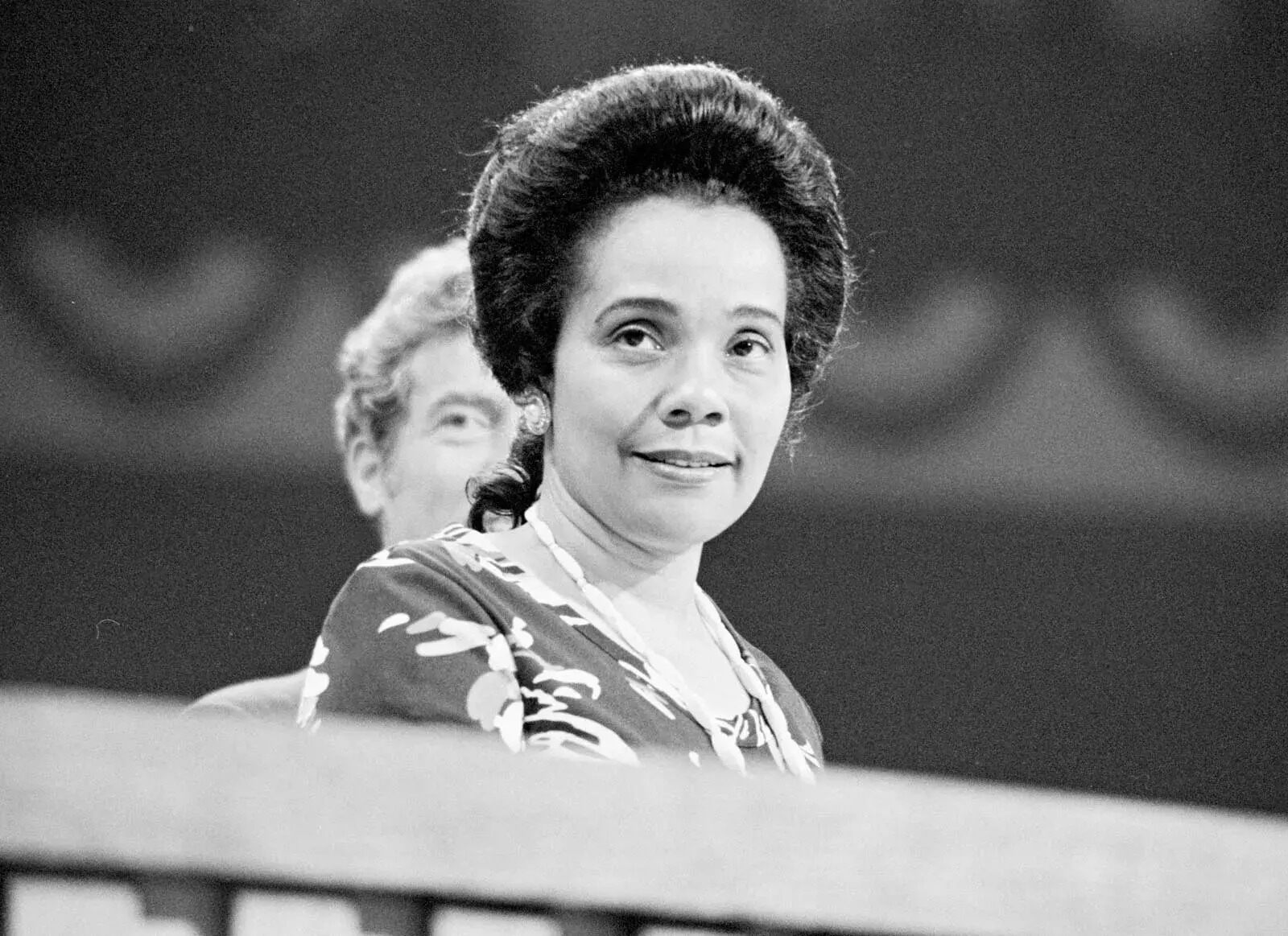
Buchenwald was one of the largest and most notorious concentration camps established by Nazi Germany during World War II. Located near Weimar, Germany, it witnessed unimaginable horrors and atrocities. But what exactly happened at Buchenwald? This blog post delves into 12 crucial facts about this grim chapter in history. From its establishment in 1937 to its liberation in 1945, Buchenwald's story is a stark reminder of the depths of human cruelty and the resilience of those who survived. Why should you care? Understanding Buchenwald helps us remember the past, honor the victims, and ensure such atrocities never happen again.
Buchenwald Concentration Camp: A Grim Chapter in History
Buchenwald was one of the largest and most notorious concentration camps established by Nazi Germany. Located near Weimar, Germany, it witnessed countless atrocities during its operation from 1937 to 1945. Here are some chilling facts about Buchenwald that shed light on its dark past.
The Establishment and Early Years
Buchenwald was not just a place of imprisonment but a site of immense suffering and death. Its early years set the tone for the horrors that would follow.
-
Buchenwald was established in July 1937. Initially, it was intended for political prisoners, but it soon expanded to include Jews, Roma, Sinti, Jehovah's Witnesses, homosexuals, and other groups deemed undesirable by the Nazi regime.
-
The camp was located on Ettersberg hill. This location was chosen for its isolation, making it easier to conceal the atrocities committed within its confines.
-
Prisoners were forced to build the camp themselves. Upon arrival, inmates had to construct their own barracks and facilities, often under brutal conditions and with inadequate tools.
Life and Death Inside Buchenwald
The daily life of prisoners in Buchenwald was marked by extreme hardship, forced labor, and constant fear of death.
-
Buchenwald had a notorious reputation for medical experiments. Prisoners were subjected to cruel and inhumane medical experiments, including testing of vaccines and treatments for diseases like typhus.
-
Forced labor was a central aspect of camp life. Inmates were made to work in nearby quarries, armament factories, and other labor-intensive industries, often until they collapsed from exhaustion.
-
The camp had a complex hierarchy. Prisoners were divided into different categories, each marked by a specific colored triangle on their uniforms, indicating their supposed crime or reason for imprisonment.
Liberation and Aftermath
The end of Buchenwald came with the advance of Allied forces, but the scars left by the camp's existence remained long after its liberation.
-
Buchenwald was liberated on April 11, 1945. American forces arrived to find over 21,000 prisoners, many of whom were on the brink of death due to starvation and disease.
-
The camp's liberation revealed the extent of Nazi atrocities. Soldiers discovered piles of corpses, evidence of mass executions, and survivors who were mere skeletons due to severe malnutrition.
-
Buchenwald became a symbol of Nazi brutality. The camp's name is now synonymous with the horrors of the Holocaust and the extreme cruelty of the Nazi regime.
Memorialization and Education
Today, Buchenwald serves as a powerful reminder of the past, with efforts to educate future generations about the atrocities committed there.
-
Buchenwald is now a memorial site. The camp has been preserved as a historical site, with museums and memorials dedicated to the victims and survivors.
-
Educational programs are held at Buchenwald. Schools and organizations visit the site to learn about the Holocaust and the importance of remembering history to prevent future atrocities.
-
Survivors' testimonies play a crucial role. The stories of those who lived through Buchenwald provide invaluable insights into the human capacity for both cruelty and resilience.
Buchenwald's history is a stark reminder of the depths of human cruelty and the importance of remembering the past to build a better future.
Reflecting on Buchenwald's Legacy
Buchenwald's history serves as a stark reminder of humanity's capacity for both cruelty and resilience. The camp witnessed unimaginable horrors, yet it also became a symbol of survival and resistance. Understanding these facts about Buchenwald helps us honor the memories of those who suffered and perished there. It also underscores the importance of remembering such events to prevent history from repeating itself. By learning about Buchenwald, we gain insight into the depths of human suffering and the strength of the human spirit. This knowledge encourages us to promote tolerance, empathy, and justice in our own lives. Let's carry forward the lessons from Buchenwald, ensuring that future generations remain aware of the past's atrocities and the enduring hope for a better world.
Was this page helpful?
Our commitment to delivering trustworthy and engaging content is at the heart of what we do. Each fact on our site is contributed by real users like you, bringing a wealth of diverse insights and information. To ensure the highest standards of accuracy and reliability, our dedicated editors meticulously review each submission. This process guarantees that the facts we share are not only fascinating but also credible. Trust in our commitment to quality and authenticity as you explore and learn with us.


